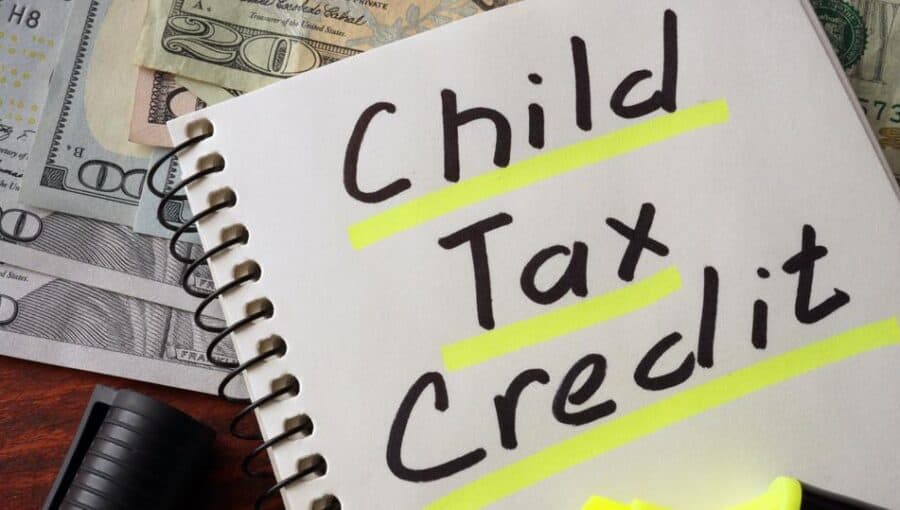There’s good news for American families.
The IRS plans to begin sending monthly payments from the new $3,000 child tax credit in July, Commissioner Charles Rettig said Tuesday during a hearing with the Senate Finance Committee.
The new and significantly expanded child tax credit was included in the $1.9 trillion American Rescue Plan signed into law by President Joe Biden in March. Under the law, families will receive a $3,000 annual benefit per child ages 6 to 17 and $3,600 per child under the age of 6 for the 2021 tax year.
Just a few weeks ago, Rettig testified that the IRS wasn’t sure it would be able to begin sending payments to families in July and that the checks might not be on a monthly basis at first.
He said that the agency was overwhelmed with the extended tax filing season, which was moved to May 17 from April 15 for individuals, and thus had less time and resources to devote to implementing and launching a portal for the child tax credit.
But on Tuesday, when Sen. Sherrod Brown, a Democrat from Ohio and ranking member of the Senate Banking Committee, asked Rettig if the IRS would be ready to start monthly child tax credit payments in July, he had a simple answer.
“We are,” Rettig said. “If we end up not being on track for some unforeseen situation we will advise you and the committee.”
$300 per month for children under six
The full credit is available to individuals who have children and adjusted gross income of less than $75,000, or $150,000 for a married couple filing jointly. The extra benefit will phase out for taxpayers who make more money, and cease for individuals earning $95,000 and married couples earning $170,000 filing jointly.
Taxpayers that make more than that will still be eligible for the regular child tax credit, which is $2,000 per child under age 17 for families making less than $200,000 annually, or $400,000 for married couples.
“It’s trying to put the largest benefit in the pockets of the lowest income families,” said Elaine Maag, principal research associate at the Urban-Brookings Tax Policy Center, of the credit.
The expanded credit is scheduled to be disbursed to families on a monthly basis beginning in July and will continue through December 2021. The monthly amounts generally will be $250 for older children and $300 for children under the age of six. Families will claim the remaining half of the credit when they file their 2021 income tax return in 2022.
There is no limit on the number of children in a family that can receive the credit, as long as they meet the eligibility requirements around age and income.
To receive the credit, families with children must file a 2020 tax return, according to Rettig. If a family doesn’t file a 2020 return, the agency will not have the information it needs to deliver the credit.
“The safe path is to get a tax return in now,” said Maag.
It isn’t surprising that the IRS has been working hard to deliver this benefit on time, but the true test will be in July, she said.
“Hopefully he’s right that they believe they can deliver a correct credit starting in July, but if not they’ll do the best they can and maybe deliver it a little bit later,” she said.
The importance of the CTC
The child tax credit is a major component of the plan to lift millions of children out of poverty. A family of four making less than $150,000 could see more than $14,000 in pandemic relief this year from the expanded child tax credit and $1,400 stimulus checks to both adults and children.
About 83 million children live in households that would benefit from the expansion of the child tax credit, according to a study from the Institute on Taxation and Economic Policy. In addition, the poorest 20% of families would see income increase by more than 37% during the year that the policy is in place.
However, one criticism is that it only expands the credit for one year. After 2021, the expanded credit will cease, and families will see a smaller boost to their income unless further legislation is passed to continue or build upon the new rules.
To see how much you could expect to receive, personal finance website Grow created a calculator that factors in your filing status, annual income and the number of dependents you have.

